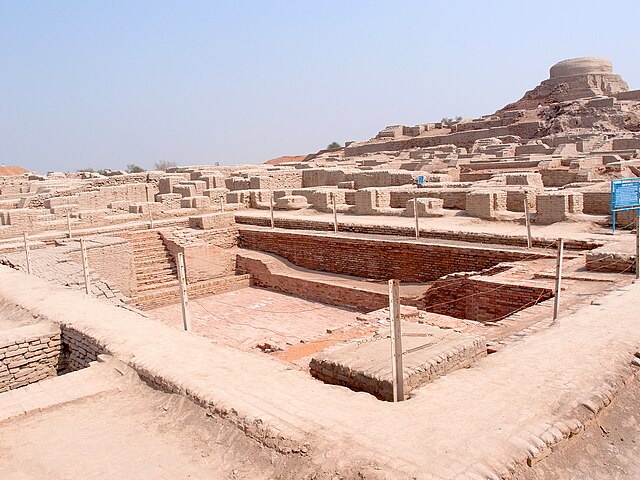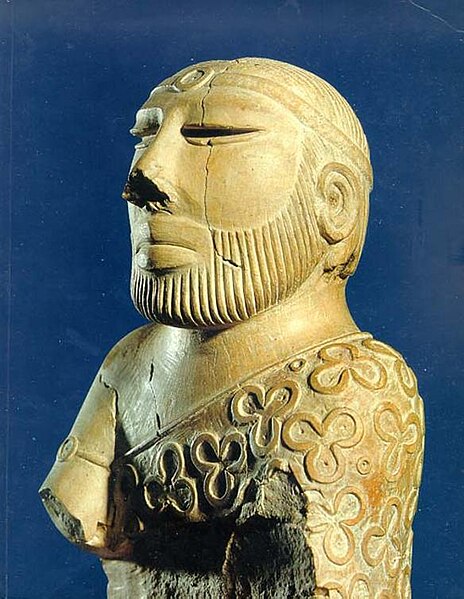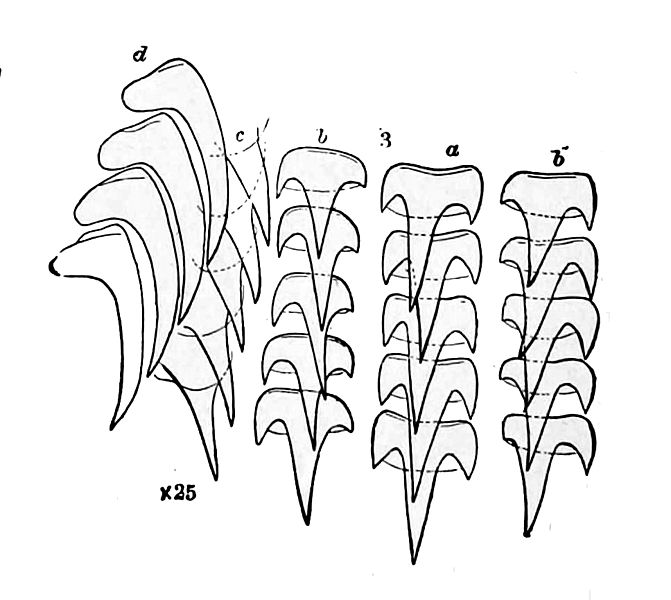We just learned about the castle Castillo do Coca.
Another famous castle is the Royal Palace of Madrid, in Madrid Spain, built in 1735.
This palace is the home of the King and Queen of Spain.
It has 3,418 rooms, and is over a million square feet!
There are famous paintings in the palace by artists like Caravaggio and Goya, and a set of very fancy violins called Stradavarius.
Outside the palace are two large plazas called the Plaza de la Armería, and Plaza de Oriente, where there are large gardens and statues of kings.
On two other sides are the Campo del Moro Gardens, and the Sabatini Gardens.
These are larger gardens with wide open walking areas or pools.
There is also a Royal Library, Royal Pharmacy, and Royal Armory where you can go see all of the old swords and armor from the past.
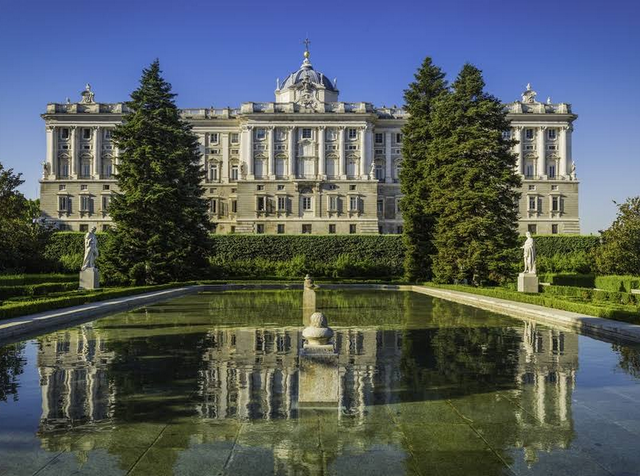



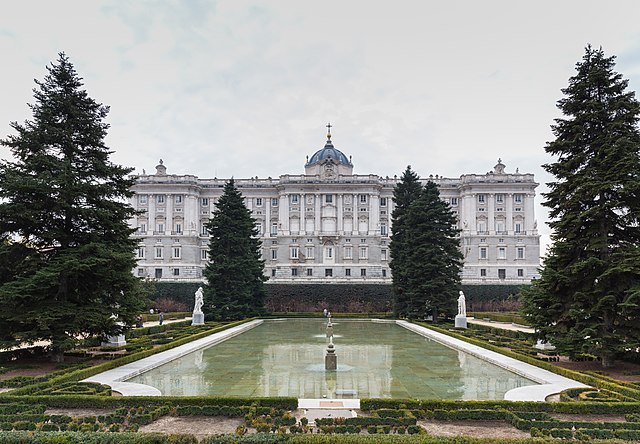

(from: wikipedia - royal palace of madrid)
Kid Facts - Blast from the past: Tabasco

